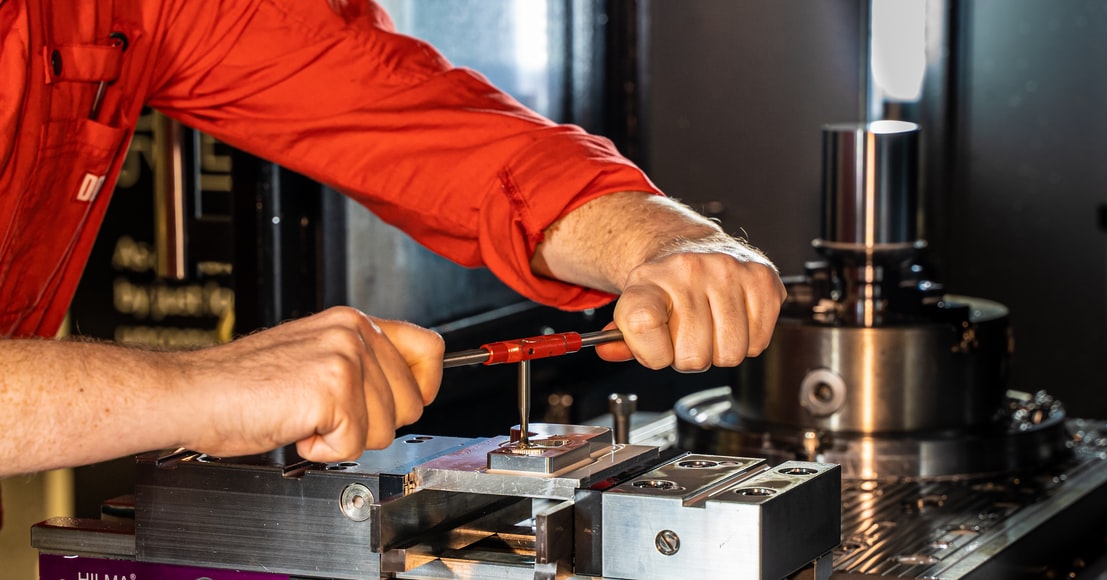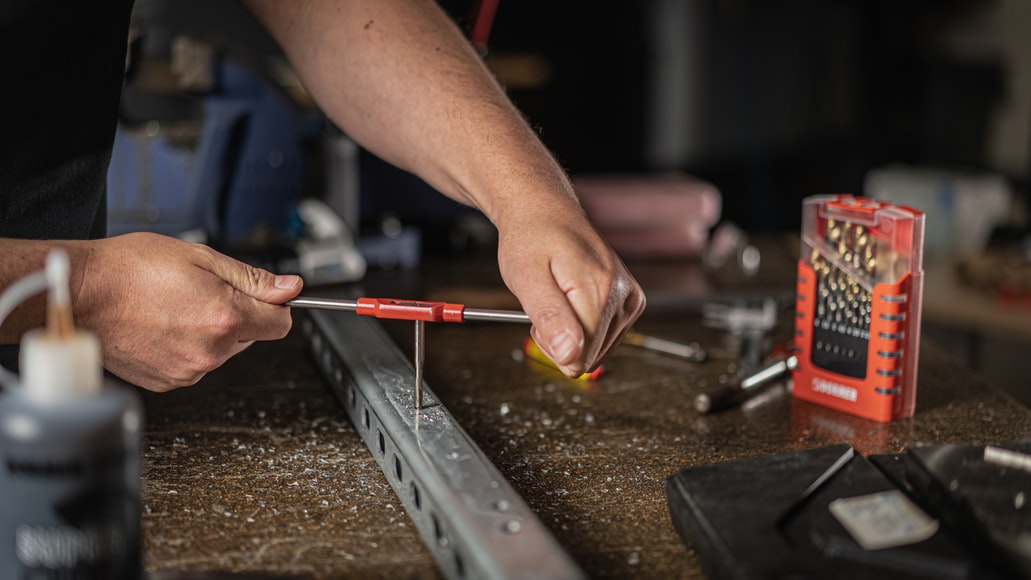Almost every person has locked himself/herself out of the house at some point in life. In such scenarios, the first thought of individuals is to ask for assistance from a friend or family member.
Nevertheless, if nobody can deliver you a set of spare keys to enter the house, the next call you make should be to a local locksmith.
If looking for the best locksmith in Chicago, follow the tips below.
Check credentials
The inceptive thing to do when choosing a locksmith in Chicago is checked their credentials. Illinois is one of the many US states requiring these professionals to be bonded and licensed. The Illinois Department of Financial and Professional Regulation is in charge of issuing such a license after verifying the qualifications of candidates.
Candidates are required to be at least eighteen years of age, pass a criminal background history check, pass a licensing exam in theory and practice, and pay the required license application and examination fees. Nevertheless, there are not any requirements associated with having formal training or work experience. Additionally, to register a company, locksmiths in Chicago are supposed to get an agency license.
Therefore, when hiring such an expert in Illinois, make sure you start the process by checking the credentials. Apart from providing proof of license, these specialists should also provide any professional certifications they have, which prove their skills and knowledge.
Determine the types of services you need
Another important consideration when hiring the best locksmith in Chicago is the type of service you need. Not all professionals offer the same service types, as they might specialize in residential, commercial, or auto services. Some providers perform all these services. For instance, most companies provide an installation of mechanic and electronic locks, both at commercial and residential properties.
In addition, established locksmiths should offer lock replacement, lock repair, making duplicate keys, changing electronic access cards, etc. In terms of commercial services, they should supply, install, and service high-security commercial locks. Additionally, these experts are expected to fix components of biometric, keyless access control systems. Check out the most common types of door locksets.
Check if the provider is indeed local
Individuals should be extremely careful when checking whether a locksmith is indeed local as it claims to be. It often happens for some providers to advertise in your local phone book, even though they are not local at all. Some companies outside of Chicago might advertise as local by choosing a business name that is similar to the name of a local provider.
Nevertheless, when you call the provided number, you will probably be connected to a call center in another town. Additionally, there will not be a shop at the listed address, meaning the company is a scam. In general, locksmith companies that claim to be local have a large number of separate listings in a telephone book with various names. Nevertheless, all the calls eventually led to the same number in another city.
Even if you don’t suspect a scam in the beginning, make sure to ask for identification upon the arrival of the locksmith at your door. Licensed locksmiths are expected to have a Master Security License Number displayed on their photo identity card and vehicle. If the vehicle is unmarked or the worker claims to have forgotten his/her card, you should do no business with this person.
Get an estimate
Another helpful tip for finding a locksmith in Chicago is requesting a written estimate after the technician reviews the work. These estimates should include two types of fees, service, and hardware fees. The former encompasses transportation fees and any additional charges for emergency service outside standard working hours. For instance, most handymen charge a flat trip fee that covers the time and cost of driving to your home and back to their shop.
In contrast, the latter includes any fees related to the hardware. If a locksmith has to replace a lock, the cost of the new lock will be calculated in hardware fees. Follow this link, https://mydecorative.com/four-types-of-locksmith-services/, to see the most sought-after locksmith services.
The bottom line
Lockout situations and other locksmithing issues require professional assistance.
Hire the best professional in Chicago!
Read Also:
























